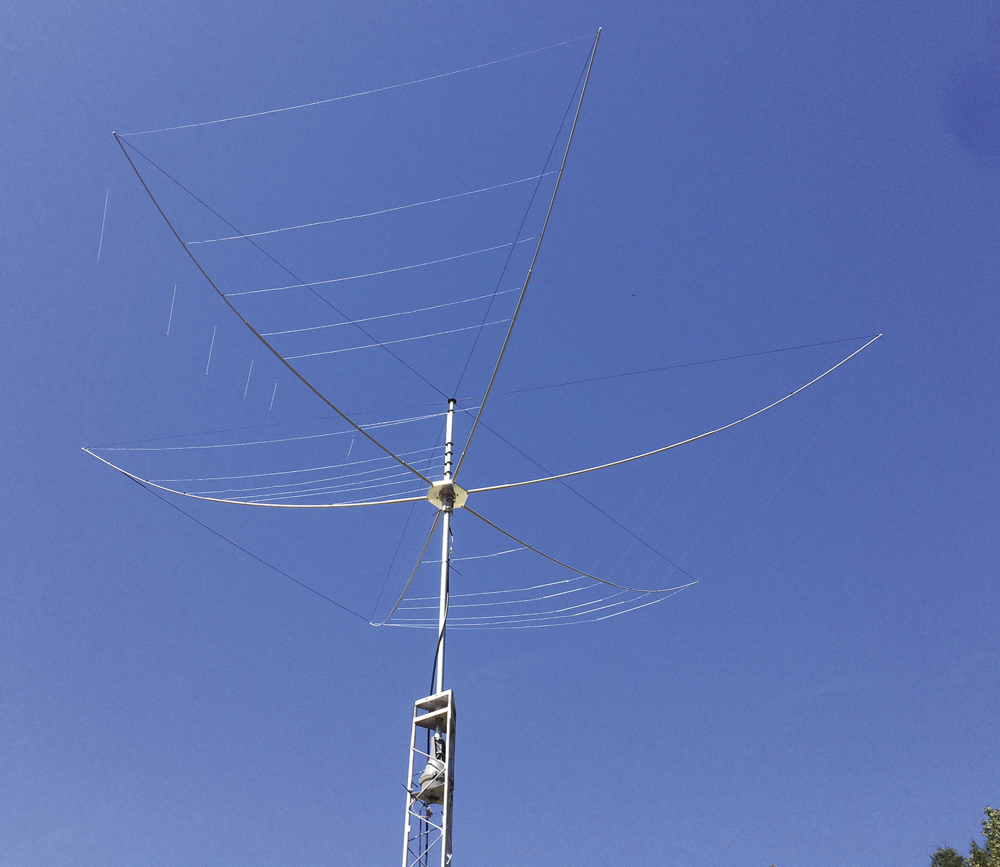With an eye to the final cost I've built a good 20 meter monoband Hex Beam antenna. David brown cropmaster workshop manual.
Here is the progression of the project:
pqThe Moxon Antenna, designed by Les Moxon G6XN (SK), is a compact two element beam antenna with about 5.5-6 dbi of gain and a 25db front to back ratio./pq Les was looking for a compact design for the HF bands when he asked the question: what if I fold in the ends of a dipole antenna to reduce the amount of space an antenna occupies. The hexagonal beam (or known by many as the hex beam) has become a wildly popular antenna. It is a directional antenna that provides great performance and does not require a full scale, expensive tower. It allows the average amateur to compete with the big boys for DX and without spending your retirement to do so. Encarta 2016.
Here I throw together a very simple beam antenna, for 144 mhz. It worked surprisingly well. I was able to make several qsos on only 1 watt. This is not my de. Been working DX I could never hear before. If your thinking Hex Beam, this is the BEST! -KC9RNK; This antenna meets and in most cases exceeds all of the claimed assembly, specifications and performance. K8BZ; This is a very, very, easy antenna to build. It is very well engineered - N7LVS. Kid pix 1.0 mac.
It starts with a base to work on. In this case I had some conduit in concrete from a canopy I no longer use-
For the spreaders I've used Tractor Supply Company TSC six foot driveway markers. I've jointed the markers with about 4-6 inches of aluminum tubing from Home Depot. Although I was able to find the tubing I needed the cost was high, almost $10 dollars for just a couple of feet.
This is the first problem I ran into- the spreaders fall from side to side. This racking problem root cause turned out to be the failure to pin the spreaders to the base. To save weight and cost I've used galvanized fence wire to tie the spreaders to the base. This is similar to how rebar it tied before a concrete pour. The solution is to drill a small hole in the fiberglass rod and pin it to the base.
Original plate design- ugly but many prototypes are.
Here is a close up of the drilled rod fixed to the base plate.
Here is the black iron pipe flange I chose for the build. I'll update this post asap with the dimensions. It's a happy coincidence that EMT tubing will fit almost exactly into the pipe threads. I trimmed a few thousands off with my lathe but am sure it could have either been driven home with a hammer or either the flange or pipe could have been filed slightly to allow the interference fit. I then welded the EMT to the flange for both top and bottom. The top flange has a short stub, about 8-12″ that with another happy coincidence standard PVC pipe fits over just a bit loose- a few wraps of electrical tape was used to fill this slight gap.
Here is a 'worm's eye view' of the base plate bottom.
Here is competed Hex Beam. I learned quite a bit from this first build. The measurements are critical as is the tweaking of tensions and lengths. It took MANY trips around to get the Hex even close to symmetrical. I'll go into this a bit later in the post. The materials for the mast and PVC upright all fit very close- little work is required. The plywood base turned out to be too thin- though it seemed ok during the build after a week or so it warped. This is addressed in the second build. Even as such this antenna survived the tail end of Hurricane Arthur on a 30′ elevation.
Tree down from tail end of Hurricane Arthur. The Hex Beam 100 yards away had no damage.
Here is the Hex installed, there were many R&R's- remove and replace sessions. Along the way I began to tie the spreaders together part way up the antenna to increase stability. The classic umbrella shape was affected at one point.
Finally, the SWR for this build- 1.08:1 inside the 20 meter phone band. I'll take it. My design was taken from http://karinya.net/g3txq/hexbeam/broadband/ I chose to use insulated 14 gauge stranded wire. There are conversion coefficients also on karinya.net at http://karinya.net/g3txq/hexbeam/wire/
After the first build and many, MANY great DX contacts I attempted a design improvement. The plan was to add a second beam short spaced below the original beam. As such the gain could be as much as almost 2 dB based upon Yagi two element models. The build failed, the additional weight could not be supported with my economy fiberglass spreaders. Perhaps some day I'll try this again if I can find a low cost solution. Same with a 3 element plan- the additional diameter would seem to require thicker fiberglass rods. The failure can be seen below.
The second build featured a double thick plywood base and fiberglass electric fence posts- these measure .375″ diameter. The earlier driveway markers measure .310″ diameter. The upgrade is significant. Unfortunately these are only available in 4′ lengths- no six footers as found with the driveway markers.

